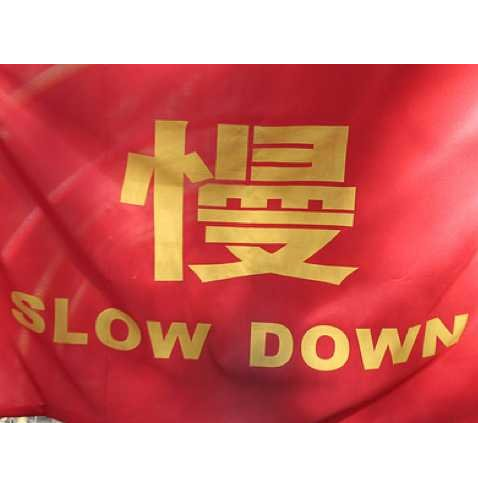
Cross-posted from Investing in Chinese stocks.
Sensing deflation is afoot, the banking analysts have turned to the only solution they ever imagine: print more money/ allow banks to lend more credit:
But a number of economists say there’s a real need for the central bank to cut the reserve requirement ratio. On Friday, ANZ Bank wrote in a report, “It is time for the PBOC to cut the reserve requirement ratio,” adding that the risk of deflation is rising and real economic activities remain “lukewarm.”
Likewise, Nomura economist Zhang Zhiwei said that policy easing is becoming more likely due to declining inflation and rising risks in the property sector, adding the bank expects a 50-basis point cut in the second quarter.
Feng Jianlin, an economist with the Beijing Fost Economic Consulting Co., says that China risks deflation if it doesn’t cut the reserve requirement ratio. “It’s already a bit late,” he said. “I see no reason to wait.” China’s producer prices have fallen for 26 straight months.
The People’s Bank of China (PBOC) hasn’t signaled it will loosen policy though, and today at the Tsinghua University PBC School of Finance Global Financial Forum, the deputy director of the PBOC said the M2 to GDP ratio is too high:
Phoenix Financial News sponsored by Tsinghua University “Tsinghua Wudaokou Global Finance Forum “2014 May 10 to 12 in Beijing. Phoenix Finance as the only all-media partners, for your entire real-time broadcast of the meeting.
Central bank vice governor Liu Shiyu said at the forum, there are two types of current financial market distortions. A twist is, we often say that among the M2 with macroeconomic GDP ratio. He said that so far it is difficult to say what is on economics authoritative interpretation or it has an inherent function of the economy, financial markets will be able to infer the parameters deduced M2 with a safe percentage of GDP range, but also in finance on Can not find the answer on financial engineering. But there is an experience, horizontal data are more likely to have a certain reference value. China this figure is still relatively high, although the number of high and low on the economics of this is not necessarily linked with the risk, but in general a little higher than the total low good.
Central bank governor Zhou Xiaochuan said in Beijing, although the economic situation has changed, determining the economic situation requires more precision, short-term data does not necessarily indicate a problem.
Zhou Xiaochuan said the above at the Tsinghua University Wudaokou Financial Forum.
As for rumors that the central bank will cut the RRR, Zhou said, determining the economic situation requires more precision, although the economic situation is changing, we must be prudent in reaching a verdict, the short-term data does not necessarily indicate a problem.
Zhou said the central bank’s counter-cyclical policy is all fine tuning, from the current situation, the State Council stressed that macro-control should be stable and will not carry out a large scale stimulus.

